CII and IDA Ireland set the expectations as an automotive electronics design and manufacture hub.
Story by: Team ACI
The sixth edition of ‘Automotive Electronics’ conference, organised by the Confederation of Indian Industry (CII) and its partner IDA Ireland, concluded a successful virtual edition. In an unanimous admission, the automotive industry’s transition to a more electronic and digital future was deemed inevitable. Averred Dr Tapan Sahoo, Executive Vice President (R&D), Maruti Suzuki India Ltd., the growing electronics content in vehicles is driving affordability, safety and efficiency on the whole. Acknowledging the Covid-19 induced hit taken by the automotive industry as a litmus test for India’s aspiration to become an automotive electronics design and manufacture hub in the near future, Dr Sahoo expressed confidence in regaining the lost ground over the medium to long term to be on course. “The industry in the short term will have to overcome volatility, uncertainty, complexity and ambiguity,” he exclaimed. With the electrical and electronics (E/E) market projected to rise from USD 238 billion valuation to USD 469 billion, between 2020 and 2030, Chandra Nataraja, Managing Director, Knorr Bremse Technology Center India Pvt Ltd., expressed the urgency to align with the global average, segment growth.
Emerging trends
The conference focussed on the key trends in the electronics industry and evolving consumer requirements like enhanced computation capability, high-speed connectivity, next-generation human-machine interface and connected devices. Setting the record straight on the need for standardisation in electronics, Dr Sahoo stood by the regulations in the country being at par with developed economies. Stressing on the need to up the ante when it came to safe and sustainable mobility, he compared internal combustion engine-powered vehicles and electric vehicles. “While conventional engines can have around 2000 moving parts, an electric vehicle, for instance, will have around 20 parts lowering the maintenance and operating cost. It simply means that electronics will drive affordable mobility,” he explained. Pointing at the evolution of electronics, he also drew attention to the landscape moving beyond touch and gesture controls dominating 2015, to mind and body playing a role in 2025. “Vehicles are becoming computers on wheels where product innovation is focussed more on software, electronics, xEV (hybrid electric vehicles, plug-in hybrid electric vehicles and fuel-cell electric vehicles etc) and comfort,” he said.
Speaking on on-road drive technology, Dr Sahoo mentioned, “India requires a value proposition to meet the technology requirement of its citizens.” For instance, 62 per cent of citizens are expected to purchase smart solutions; the need of the hour is to offer local adaptations to meet the specific demands. Pothole and speed breaker detection, virtual lane marking and pedestrian detection using location data have made it to the top of the wishlist. “We need to identify, ideate, research solutions for India-specific problems and a new approach is required for technology development,” he asserted. Dr Sahoo urged stakeholders to focus on an ecosystem-centric and a collaborative approach.
Staying on localisation, the latter was mentioned as a key change in approach for India to realise its goal. “Localisation is essential as most of the critical electronic components are imported from China, Korea, Malaysia and Taiwan,” he informed. “It is imperative for the companies to invest in India not just to realise cost competitiveness but to also increase indigenisation and localisation,” Dr Sahoo exclaimed. Calling upon the need of 3Es — Enrichment, Enablement and Enhancement, he urged the stakeholders to brainstorm on affordable innovations.
Tanaz Buhariwalla, Director-India at IDA Ireland, drew attention to Ireland’s indigenous capability. She welcomed Indian originated companies in Ireland to scale up their manufacturing footprint in India. The government was called upon to emulate the Ireland model claimed to offer a cost-effective ecosystem backed by research. Toby Sainsbury, Technologist, Engineering and Industrial Technologies Group, IDA Ireland echoed similar sentiments as he backed Buhariwalla with examples of megatrends and associated cluster initiatives in Ireland. He drew attention to the Connected & Autonomous Vehicles (CAV) Ireland initiative and the ecosystem built together with key stakeholders including the government, industry and academia under the forum CAV Ireland.
Mechatronics
Suresh D, Chief Executive Officer (CEO) and the Centre Head, Spark Minda Technical Centre (SMIT) drew attention to the evolution of mechatronics. Pointing at a case study of powertrain systems evolution, he referred to a statistic stating the average powertrain efficiency in 2013 improved to 20.9 per cent from the erstwhile 18.8 per cent level in 2009. “The journey from ICE 1.0 to ICE 4.0 is all about attaining zero impact emission,” Suresh stated. Stating that the vehicle architecture was in transition from an ECU based E/E architecture to domain based architecture, he projected its evolution to a server-based vehicle network architecture. Pointing at the evolution of safety metrics, from active to preventive (with ABS), the predictive vehicle technology driven by ADAS, telematics and onboard diagnostics would play a major role in the future according to Suresh. He advocated the introduction of reliable hardware and proven software logic.
Arvind Chandra, CEO – Business Vertical (Mechatronics), Spark Minda Automotive talked about the future E/E architecture being driven by cost, safety, security and Over The Air (OTA) updates. Explaining the rising complexities in E/E architecture and the need to mitigate the exponential rise in costs, he hinted at the potential for Indian firms in assisting global companies. To tap the potential of the offshore service, Chandra stressed on the need to attain high-level know-how and competency before embarking on the journey. As a de-risking strategy in the post-Covid-19 era, he advised stakeholders to secure business with higher inflows of global revenue streams.
E-mobility
Ravin Mirchandani, Executive Chairman, Ador India called for the need to address customer anxiety by creating greater awareness if the government was to realise its vision. Taking the three-wheeler segment as a case-in-point, he called for passenger vehicle OEMs to build a sustainable ecosystem with both a battery and charging infrastructure in place. “For Lithium, we don’t have to rely on China as we have Australia supporting our requirements,” he remarked. Dr. Krishnamurthy Vaidyanathan, President, Spark Minda highlighted the revenue gap and methodology to improve margins over the life cycle. “The base price of an EV is determined by the high cost of battery and the motor. OEMs are compelled to include more options in the base configuration of an EV compared to that of an ICE thus losing a high margin over the downstream income which entails the production and distribution side of the business,” he explained. Sharing an internal best practice, shared Vaidyanathan, at Spark Minda, the focus is on smart, software-driven, and connected components supporting a virtual service provision.
Sandeep Singh, General Manager – India, A2Mac1 India (P) Ltd. drew attention to the electric powertrain and xEV batteries. The passive air Battery Thermal Management System (BTMS) though a preferred choice for cost optimisation of the battery or the vehicle according to Singh, is not efficient. He advocated the use of liquid BTMS instead. Cell formats, lithium-ion battery working principle, active materials in the battery and examples of range improvements through chemistry found a mention in his speech.
Cockpit electronics
Aashish Bhatia. President at Visteon India gave a sense of the direction in which cockpit electronics would take a turn. Pointing at likely secular trends post the emergence from the pandemic, he focussed on prospects of digital clusters. From Advanced Driver Assistance Systems (ADAS) leading digitisation to smaller display clusters penetrating the mass market. Bhatia added that the in-connected infotainment systems would witness a rise in android OS utilisation backed by OTA and apps., and the integration of voice assistance and camera functions in the entry-level products would witness a surge. In the large display range, he projected the rise in size and complexity to continue. While pillar to pillar and OLED displays would witness a delayed introduction, he opined.
Sirish Batchu, Managing Director, Danlaw technologies focussed on connected ecosystems and its enablers. Classifying the applications into ‘in-car’ services and ‘out of car’ services, he asked the stakeholders to focus on technology continuum, the network, security, platforms and regulations. Aurobind Rath, Director & Country Head for Distribution Sales at Infineon talked about the in-car experience (office on wheels) with the connectivity of varying degrees between the involved entities. The market for automotive large touch screens greater than nine-inch, according to Batchu, is expected to grow at a 13 per cent CAGR between 2018-22.
Mayank Sikaria, Chief Technology Officer and Co-Founder, Sibros Technologies talked about functional safety considerations for OTA software updates in the new mobility era. He drew attention to an overview of the Vehicle to Cloud (V2C) ecosystem. Citing the shift from the vehicle first to software first mentality, he stressed on the need for recording advanced in-vehicle metrics and carrying out deep software updates. On the exponential rise of software complexity, he added, “Vehicles are becoming more intelligent and it is predicted that hundreds of millions of cars will get over the air updates in the near future. Challenges like faster delivery in less time, more complexity and increased functionality, absence of OTA software update system and functional safety threat must not remain an afterthought,” he expressed. Ronan Quinlan, Co-founder and Co-CEO of Taoglas cited the advanced antenna products and RF engineering solutions.
Centralisation and body electronics
Ramalingam Balaji, Chief Expert, Powertrain Systems at Bosch cited the company’s experimentation platform. He shared the practice of centralisation of higher-level algorithms, hardware-agnostic approach, E/E network architecture with multilayered security and ensuring QoS to enable plug and play. Autonomous emergency braking and electronic stability control also found a mention. Girish Kamala, Director and Country Head Automotive SMD, Infineon cited the potential in body electronics. For instance, in LED front and rear lighting, driven by innovation in design and functionality. He also spoke of the smart power distribution to support the simplification of the wire harness.
Teething issues
Guruprasad Mudlapur, Managing Director at Bosch India Automotive Electronics India Pvt. Ltd., spoke of the need to address the labour shortage and potential hike in investments. Shitalkumar Joshi, Head – Electronics Application Engineering, India & ASEAN sought a collaborative effort from the electronic and mechanical industry in keeping with the larger picture. Srikanth Sathiyanarayanan, General Manager, Engineering and Development, CREAT, UNO Minda Group added, “We need to focus on the core areas over blindly following others. In western countries, for instance, engineers are very passionate and focus on one thing.” Gerry Kelly, Irish diplomat Consulate General of Ireland, in Mumbai praised Indian companies for their efforts in the domain and assured Ireland’s support to help shape up the design and manufacture ecosystem for automotive electronics. ACI



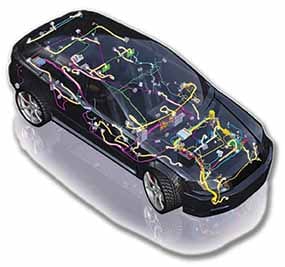



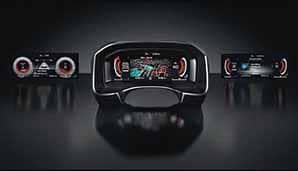

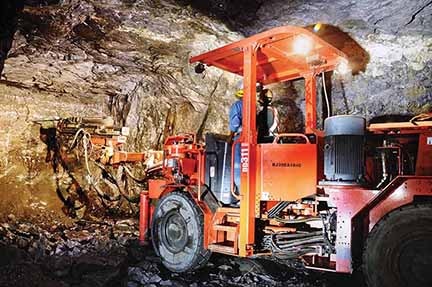


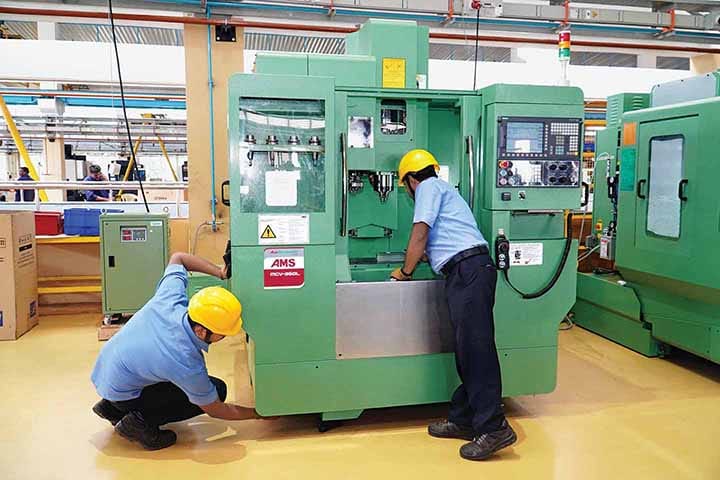



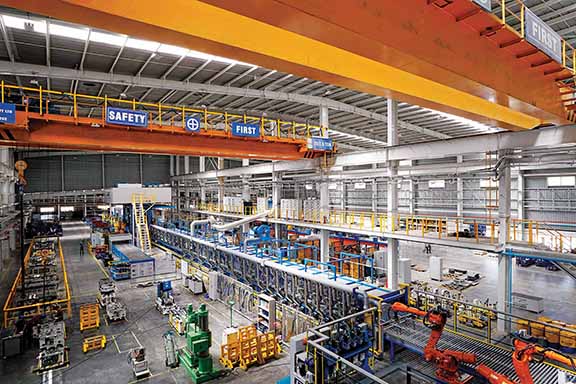

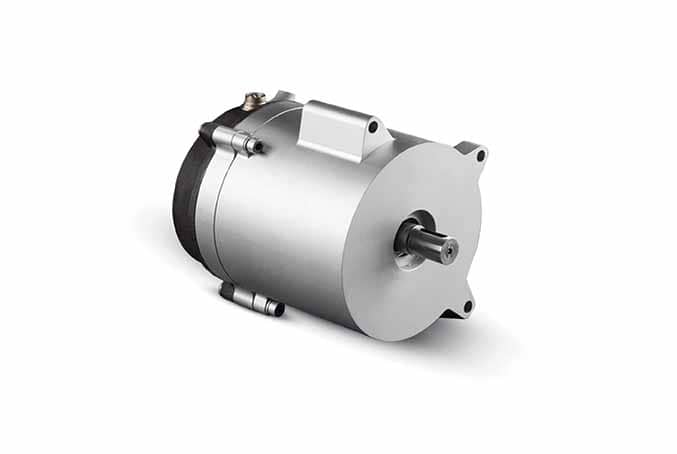

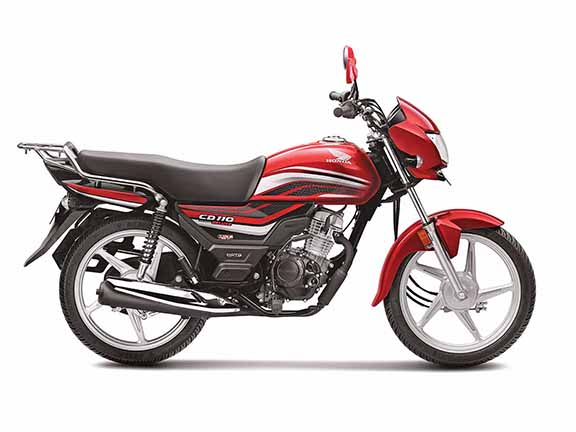

Leave a Reply